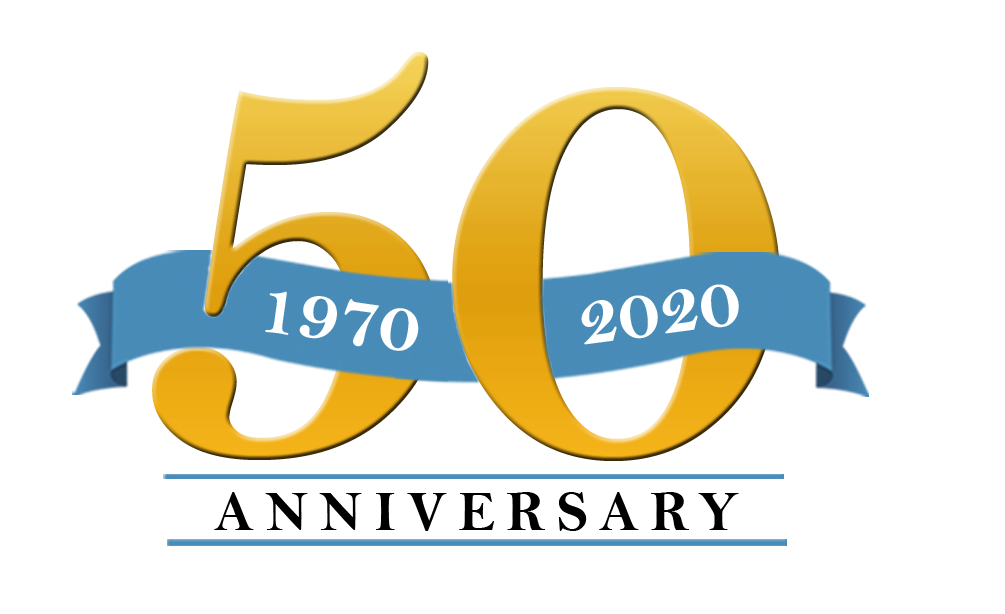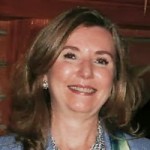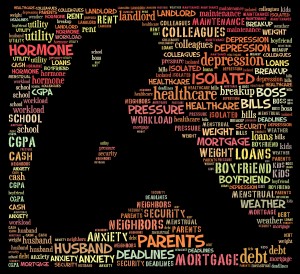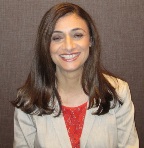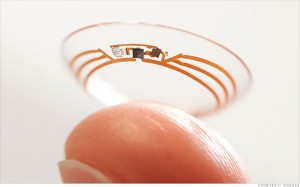All of us are players in the human drama, and there are moments when we get to observe it up close and very personal. I was in Chicago, preparing to speak in an ophthalmology practice. As I often do, I arrived early to sit in the waiting area and work to get a feel for the energy and style of the practice. I didn’t mean to overhear their conversation, but as I listened, I was deeply touched by their love and in that moment, their fear.
I learned that Charlie was 88 and Rose was 86. I am sure they were holding hands as Rose was saying “Oh, Charlie, I am so sorry about the falls I have had. I just can’t see the step from the kitchen into the family room.”
Charlie tried to comfort her. “It’s alright Dear, the Doctor will give us the answers, and I am sure you’ll be better.”
I didn’t speak to Charlie over the next 40 minutes believing that I would be intruding but sure that he was living every second of the exam going on just a few steps away.
When Rose exited the Doctor’s office, she was supported by the Doctor and a Tech who must have been holding her up because she collapsed into her husband’s arms.
“I’m sorry,” she kept saying. “I am sorry Charlie. It’s Macular Degeneration. And, the Doctor says there’s very little he can do for me.”
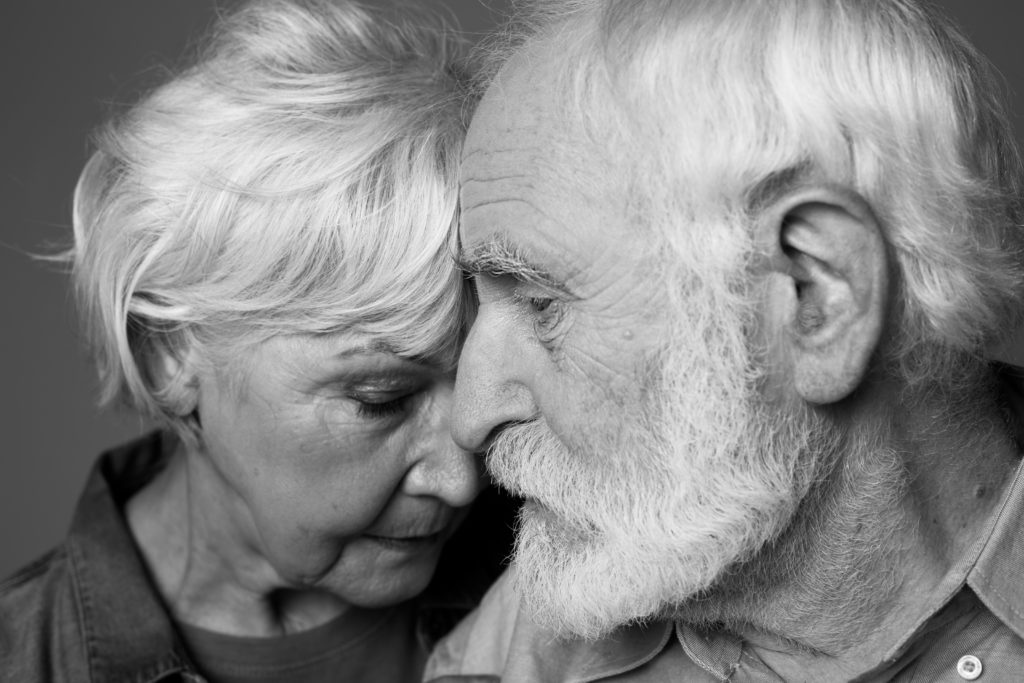 I could hear Charlie rubbing his wife’s shoulders and telling her that everything would be alright. But, Rose kept saying “I know we’ll have to sell the house and move into something smaller, and I am going to be blind Charlie. Blind.”
I could hear Charlie rubbing his wife’s shoulders and telling her that everything would be alright. But, Rose kept saying “I know we’ll have to sell the house and move into something smaller, and I am going to be blind Charlie. Blind.”
Moments like this are happening across the country in ophthalmology and optometry practices every day. 30% of adults, age 60 and older, suffer from this horrible disease, and only through research will answers be found.
The Discovery Eye Foundation is committed to finding those difficult answers and making it possible for people like Rose to see the faces of loved ones for many years to come.
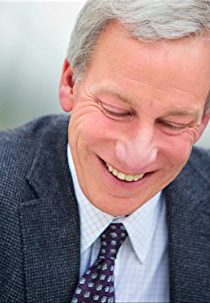 Tom Sullivan
Tom Sullivan
DEF’s Ambassador of Vision
sullivanvision.com
